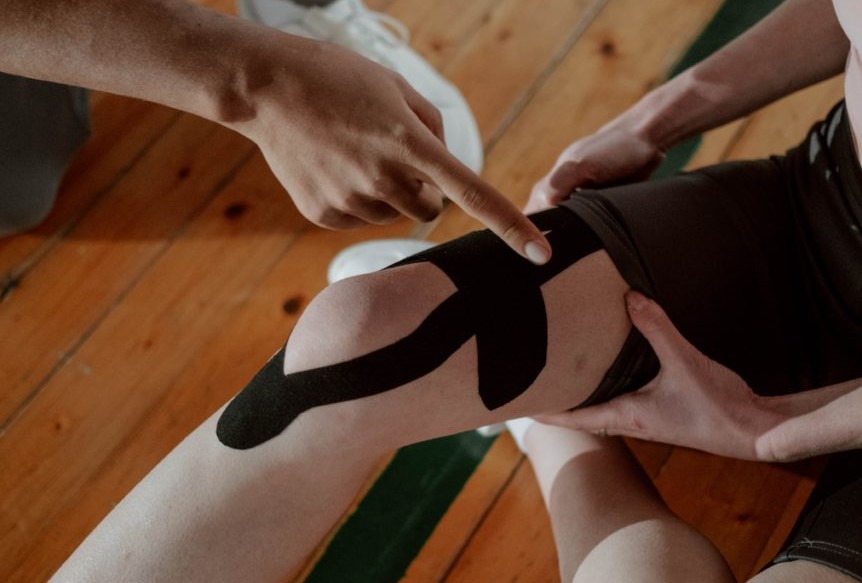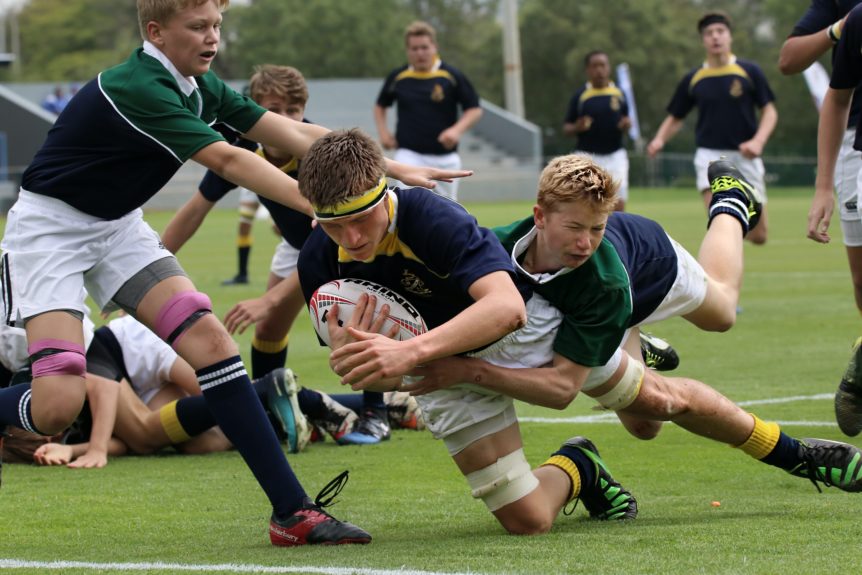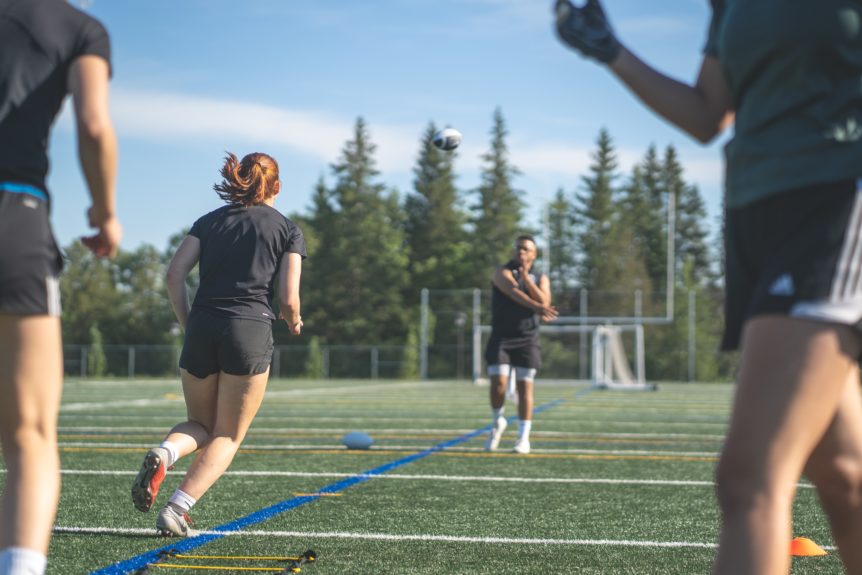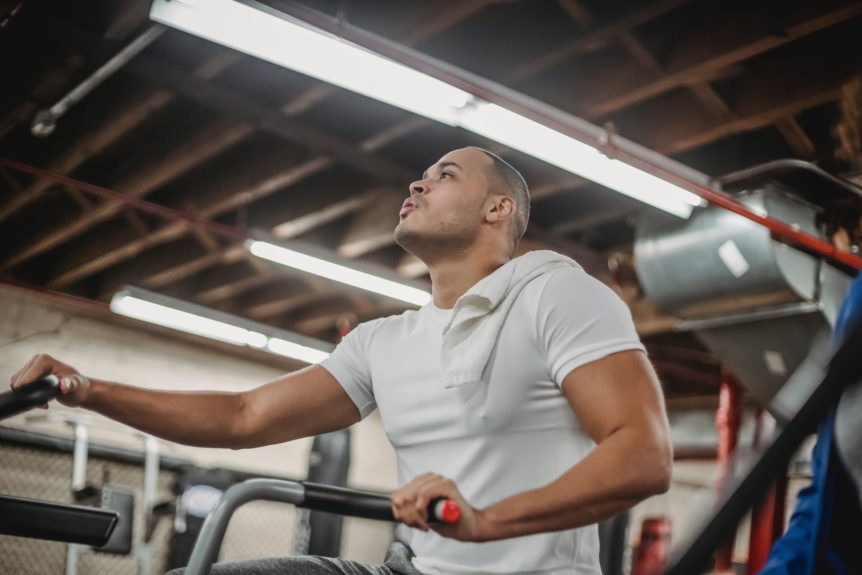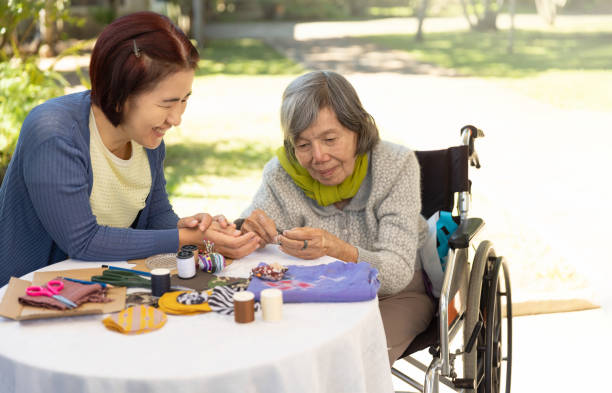Saueressig T, Braun T, Steglich N, et al. British Journal of Sports Medicine Published Online First: 29 August 2022. ABSTRACTObjective Compare the effectiveness of primarily surgical versus primarily rehabilitative management for anterior cruciate ligament (ACL) rupture.Design Living systematic review and meta-analysis. Data sources Six databases, six trial registries and prior systematic reviews. Forward and backward citation tracking was employed.Eligibility criteria Randomised controlled trials that compared primary reconstructive …
Non‐contact Anterior Cruciate Ligament Injury Epidemiology in Team‐Ball Sports: A Systematic Review with Meta‐analysis by Sex, Age, Sport, Participation Level, and Exposure Type.
Chia et al. – Sports Medicine (2022) 52:2447–2467 Abstract Background Not all anterior cruciate ligament (ACL) injuries are preventable. While some ACL injuries are unavoidable such as those resulting from a tackle, others that occur in non-contact situations like twisting and turning in the absence of external contact might be more preventable. Because ACL injuries commonly occur in team ball-sports …
“There’s definitely something wrong but we just don’t know what it is”: A qualitative study exploring rowers’ understanding of low back pain.
Journal of Science and Medicine in Sport 25 (2022) 557–563 Abstract Objectives: Low back pain is highly prevalent in rowing and can be associated with significant disability and pre- mature retirement. A previous qualitative study in rowers revealed a culture of concealment of pain and injury due to fear of judgement by coaches or teammates. The aim of this study …
Investigation of the knowledge of South African high school rugby coaches on concussion and the return-to-play protocol
Abel, N. ., Grant, C. C., & Janse van Rensburg, D. C. (2022). Investigation of the knowledge of South African high school rugby coaches on concussion and the return-to-play protocol. South African Journal of Sports Medicine, 34(1). Abstract Background: Coaches are pivotal in the management of concussed players. Assessing the knowledge of high school rugby coaches with regard to concussion management will enable …
Injury risk factors and barriers to their mitigation for women playing rugby league: a Delphi study
Scantlebury, S. et al. Injury risk factors and barriers to their mitigation for women playing rugby league: a Delphi study. J Sport Sci 40, 1436–1449 (2022). Abstract This study aimed to 1) develop a consensus (≥70% agreement between experts) on injury risk factors specific to women playing rugby league, 2) establish the importance of the identified injury risk factors and …
How to be a better scientist: Lessons from scientific philosophy, the historical development of science, and past errors within exercise physiology
Robergs, R. A., Opeyemi, O. & Torrens, S. How to be a better scientist: Lessons from scientific philosophy, the historical development of science and past errors within exercise physiology. Sports Medicine Heal Sci 4, 140–146 (2022). What is science? While a simple question, the answer is complex. Science is a process involving human behaviour, and due to the human influence, …
Vitamin D and brain health: an observational and Mendelian randomization study
Navale, S. S., Mulugeta, A., Zhou, A., Llewellyn, D. J. & Hyppönen, E. Vitamin D and brain health: an observational and Mendelian randomization study. Am J Clin Nutrition 116, nqac107- (2022). ABSTRACT Background: Higher vitamin D status has been suggested to have beneficial effects on the brain. Objectives: To investigate the association between 25- hydroxyvitamin D [25(OH)D], neuroimaging features, and …
Progressive Resistance Training for Concomitant Increases in Muscle Strength and Bone Mineral Density in Older Adults: A Systematic Review and Meta-Analysis
O’Bryan, S. J. et al. Progressive Resistance Training for Concomitant Increases in Muscle Strength and Bone Mineral Density in Older Adults: A Systematic Review and Meta-Analysis. Sports Medicine 52, 1939–1960 (2022). Abstract Background Older adults experience considerable muscle and bone loss that are closely interconnected. The efficacy of progressive resistance training programs to concurrently reverse/slow the age-related decline in muscle …
Submaximal Fitness Tests in Team Sports: A Theoretical Framework for Evaluating Physiological State
Shushan, T. et al. Submaximal Fitness Tests in Team Sports: A Theoretical Framework for Evaluating Physiological State. Sports Med 1–22 (2022) Abstract Team-sports staff often administer non-exhaustive exercise assessments with a view to evaluating physiological state, to inform decision making on athlete management (e.g., future training or recovery). Submaximal fitness tests have become prominent in team-sports settings for observing responses …
Physical activity as a protective factor for dementia and Alzheimer’s disease: systematic review, meta-analysis and quality assessment of cohort and case–control studies
Iso-Markku, P. et al. Physical activity as a protective factor for dementia and Alzheimer’s disease: systematic review, meta-analysis and quality assessment of cohort and case–control studies. Brit J Sport Med 56, 701–709 (2022) Abstract Objective Physical activity (PA) is associated with a decreased incidence of dementia, but much of the evidence comes from short follow-ups prone to reverse causation. This …


